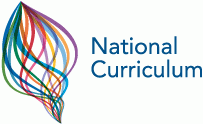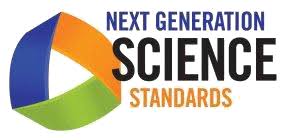The unprecedented events of 2020 have highlighted more than ever, how important it is to empower our young people as innovators, creators and problem solvers, who know how to make their world better. New and emerging technologies and innovative problem-solving approaches are increasingly being turned to in the quest for finding solutions to the complex problems the world faces. 2020 has all too clearly shown us that young people must develop the skills and dispositions they need to be drivers of change and problem-solvers in the future.
Design and Technology curricula can play a key role in helping students develop problem-solving skills, design thinking processes, and the dispositions for becoming resilient, optimistic, and innovative members of the workforce and society. So it makes sense that education policy makers and curriculum writers around the world continue to recognise the benefits of introducing design and technology skills, concepts, and knowledge to students in the primary years of their education.




We are glad to see a focus being maintained on Design and Technology, or Engineering curricula for primary and elementary students that incorporates maker-based learning, design thinking, solution-based projects, and the use of technology as a key element of designed solutions. A quick trip around the world reveals:
Makers Empire gives teachers the tools, skills and resources to confidently teach Design & Technology curricula and engage students in authentic, real-world problem solving. We are constantly updating and improving our curriculum aligned resources to address the demands of design and technology curricula from around the world.
Here are some explicit examples of how Makers Empire provides a all-in-one solution for teachers wanting to cover design and technology curriculum in exciting, engaging ways using 3D technologies

Please wait while you are redirected to the right page...